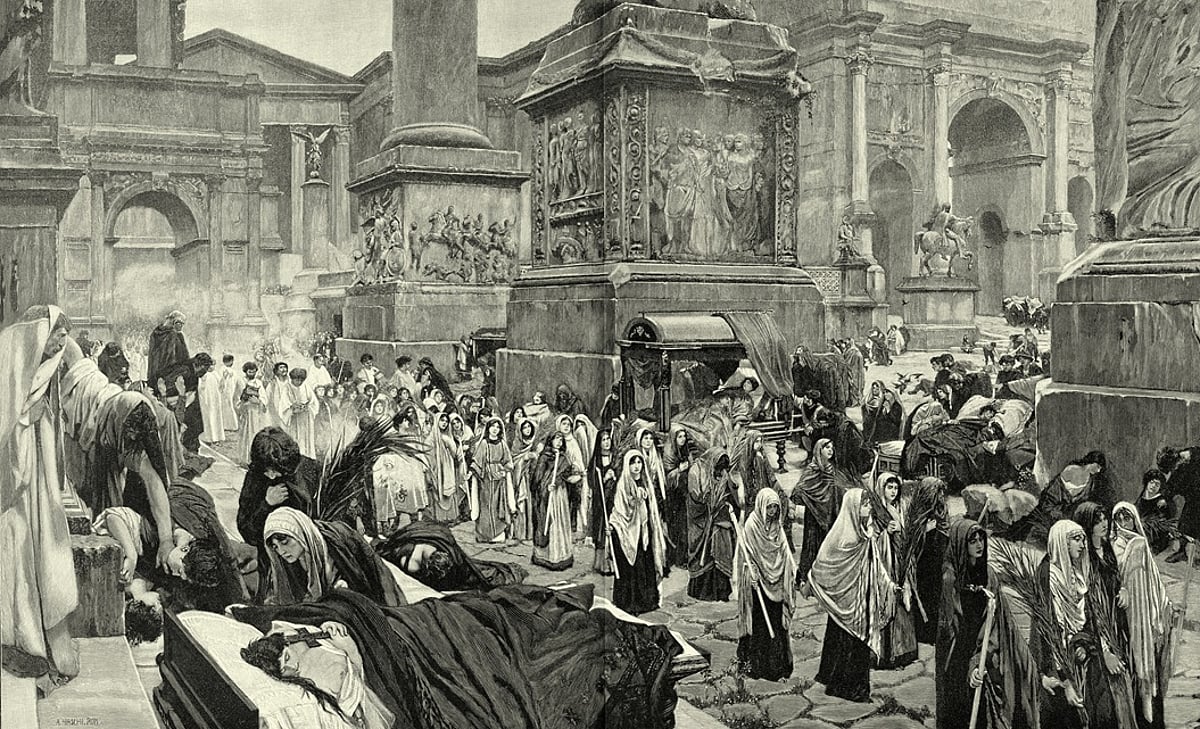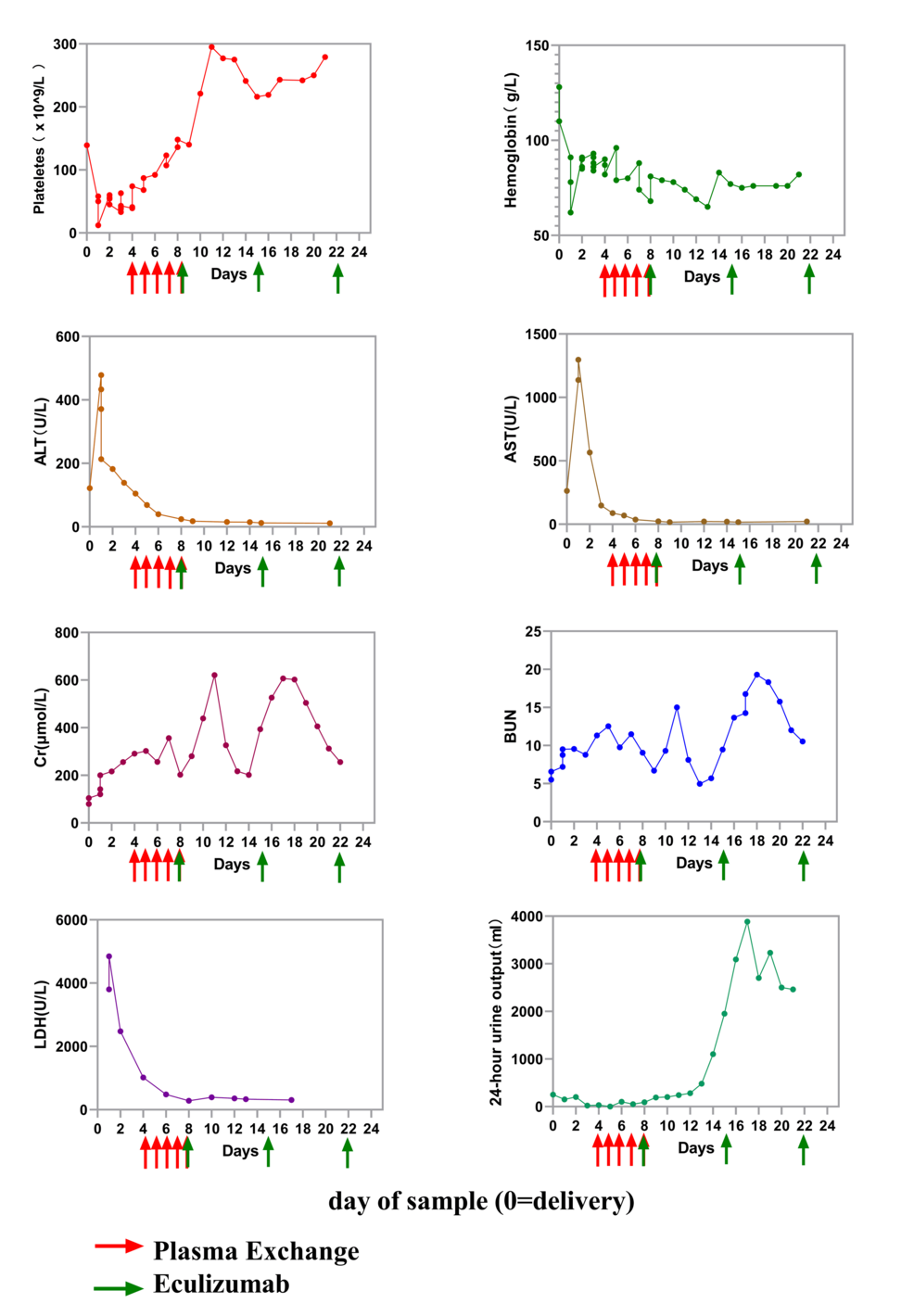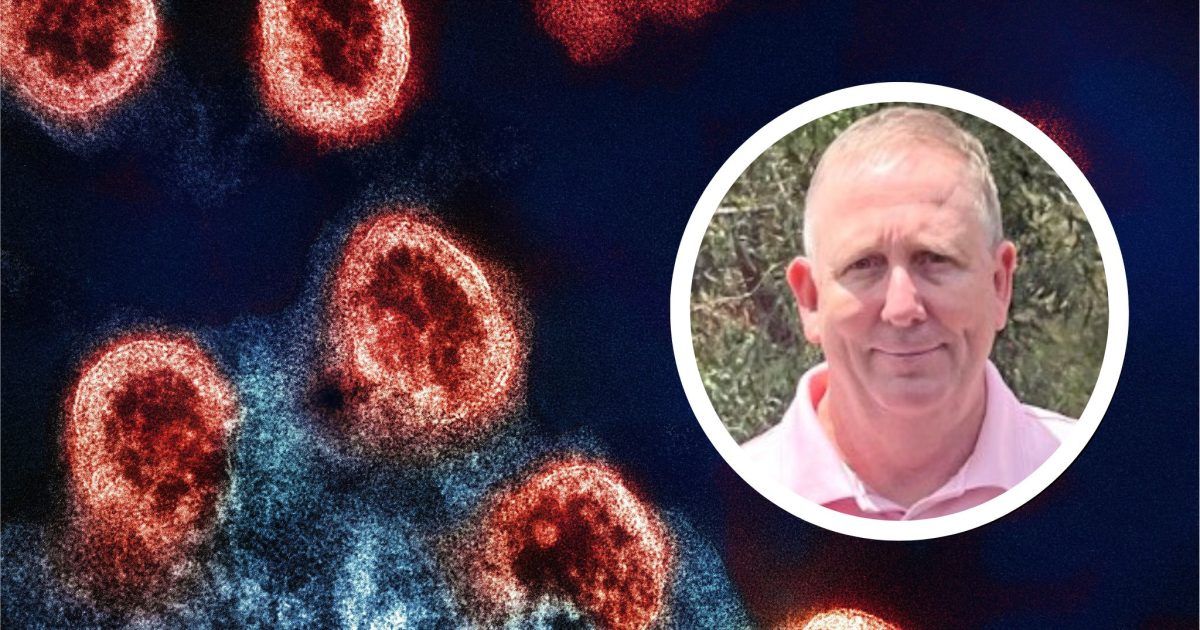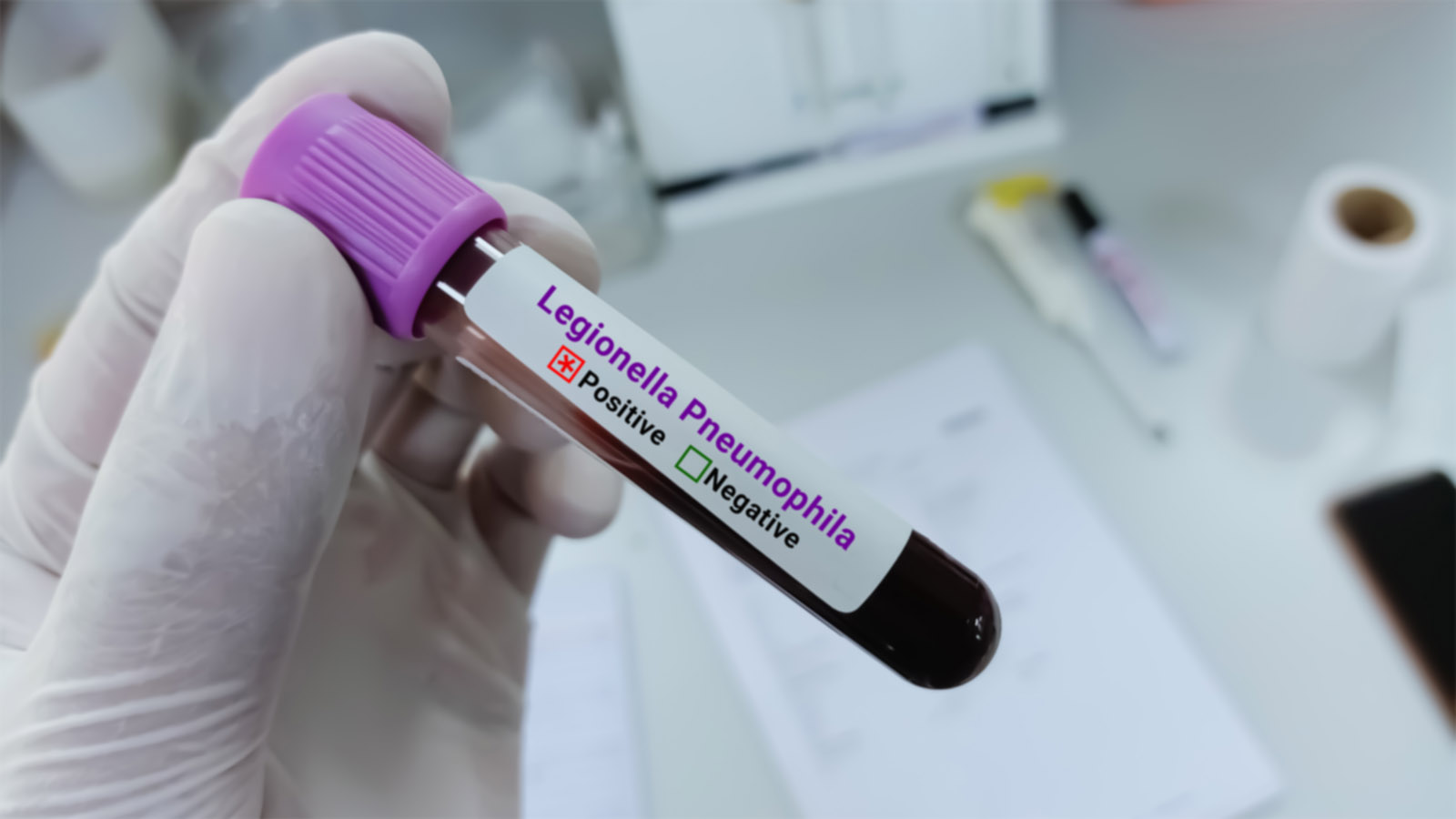Scientists Unleash a Revolutionary mRNA Therapy That Could Defeat Any Virus!

Did you know there are a select few individuals on this planet with a rare genetic mutation that makes them virtually immune to viruses? Imagine the possibilities if science could replicate that immunity on a larger scale! Well, that dream is inching closer to reality.
For a handful of people globally, living with a peculiar immune disorder isn't as bad as it seems. In fact, it comes with a surprising advantage: the ability to resist not just one or two, but every virus that comes their way. This remarkable discovery was made around 15 years ago by Dusan Bogunovic, an immunologist at Columbia University. He stumbled upon a genetic mutation that leads to a shortage of an immune regulator known as ISG15.
At first, this disorder seemed to make individuals more vulnerable to certain bacterial infections. However, as Bogunovic conducted further studies, a fascinating twist emerged. He found that people with this mutation experience a mild but constant whole-body inflammation that turns out to be antiviral in nature. “That’s when it dawned on me that these individuals could be hiding something,” Bogunovic remarked, reflecting on his groundbreaking realization.
What’s astonishing is that when Bogunovic and his team studied these immune cells, they discovered evidence of encounters with a host of viruses — flu, measles, mumps, and chickenpox — yet these patients reported no symptoms of illness whatsoever! This led him to believe that if they could mimic this unique immune response in others, it could shield countless people from viral infections.
Fast forward years of tireless research, and Bogunovic is now on the brink of developing a novel therapy that might replicate this extraordinary form of protection. In a recent study published in Science Translational Medicine, his team revealed that an experimental therapy temporarily grants mice and hamsters the same antiviral power as those with ISG15 deficiency.
Administered through a nasal drip directly into the lungs, this innovative therapy has shown promising results, preventing viral replication of both influenza and SARS-CoV-2 and even reducing disease severity. It’s so effective that Bogunovic claims, “We have yet to find a virus that can break through the therapy’s defenses.”
So how does this therapy work? Instead of inhibiting ISG15 directly, which results in the production of over 60 proteins, this new approach activates the production of just ten proteins that chiefly provide broad antiviral protection. Think of it as a refined version of the mRNA vaccines we've come to know, packaged neatly in lipid nanoparticles. Once these nanoparticles infiltrate the recipient’s cells, they trigger the generation of these crucial antiviral proteins.
But here’s the kicker: the therapy is designed for short-term use. While it generates a small amount of these proteins for a limited time, it curtails the excessive inflammation seen in those with ISG15 deficiencies. “This inflammation is enough to prevent antiviral diseases,” Bogunovic explains.
With an eye on future pandemics, Bogunovic and his team see their technology as a potential shield for high-risk groups — from first responders to nursing home residents — protecting them against any unidentified virus. “We believe the technology will work even if we don’t know the identity of the virus,” he asserts, adding that it won’t hinder the body from developing its long-term immunological memory.
However, there are still hurdles to overcome. The drug delivery and absorption aspects of the therapy need fine-tuning. Currently, the proteins produced in animal lungs might not reach the levels necessary for immediate human application, with researchers estimating that the antiviral protection could last around three to four days.
“Our findings reinforce the power of research driven by curiosity without preconceived notions,” Bogunovic concludes. They weren’t even searching for an antiviral when they began studying these rare patients, but serendipitously, they’ve propelled us closer to a universal antiviral solution for everyone.



























